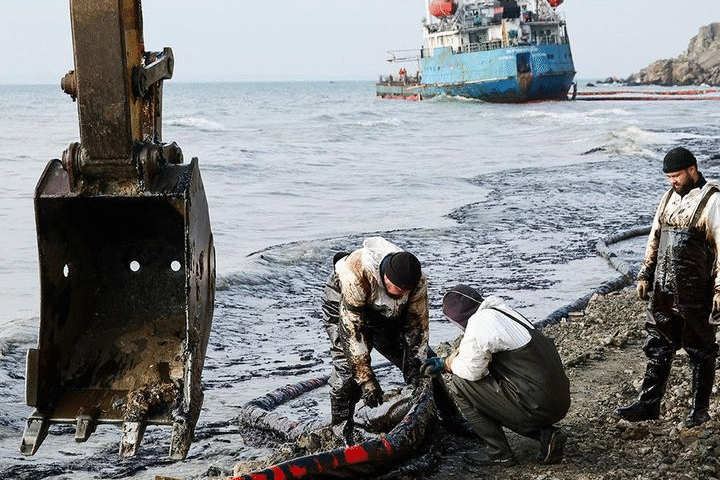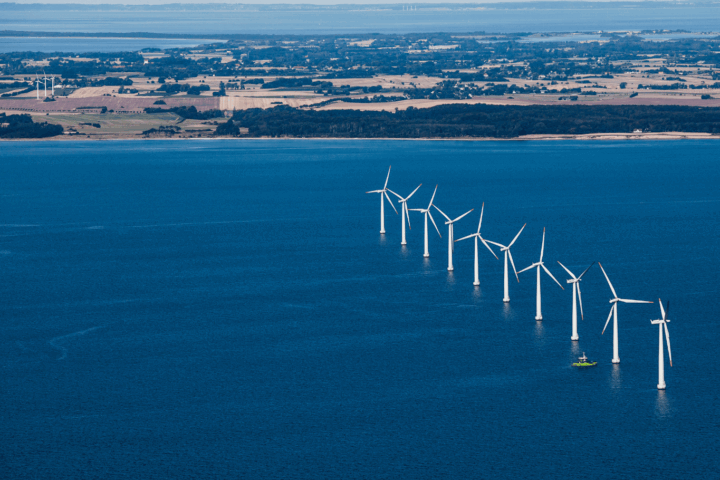In 2023, the world witnessed record-breaking fossil fuel production, an all-time high in greenhouse gas emissions, and unprecedented extreme temperatures. Despite these alarming developments, we remain like the proverbial frog in a slowly heating pot of water—unaware, or perhaps unwilling to recognize, that we are boiling alive. The refusal to confront the climate crisis with any real sense of urgency has made the goal of limiting global warming to 1.5°C seem increasingly surreal, if not outright delusional.
At the opening of this year’s international climate negotiations in Dubai, conference president Sultan Al Jaber made a bold declaration: his goal was to limit global temperatures to 1.5°C. He claimed that his presidency would be guided by a “deep sense of urgency” to meet this target. Yet, as CEO of the Abu Dhabi National Oil Company, Al Jaber was simultaneously planning a massive increase in oil and gas production. The contradiction is stark but not unique; it reflects a broader pattern of cognitive dissonance that permeates global climate policy.
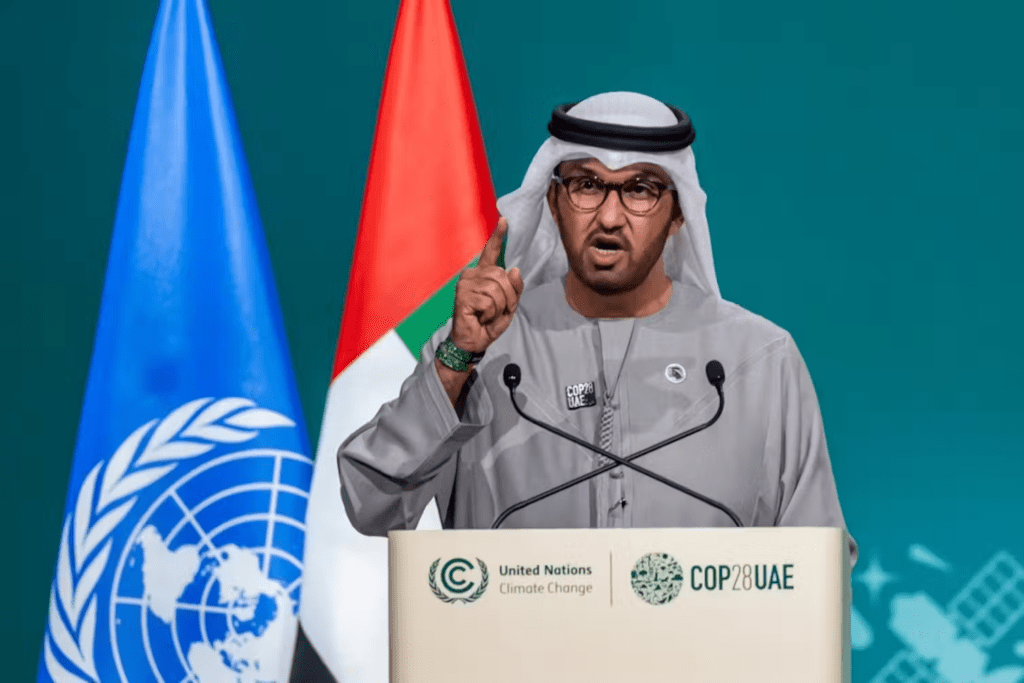
Scratch the surface of almost any net-zero pledge or policy aligned with the 1.5°C goal of the 2015 Paris Agreement, and you’ll find the same flawed reasoning: we can avoid catastrophic climate change without actually doing what it demands—rapidly reducing greenhouse gas emissions across all sectors. Instead, we are doubling down on fossil fuels, relying on unproven, speculative technologies to pull us back from the brink at some indeterminate point in the future.
Take Amazon, for example. In 2019, the company set a 2040 net-zero target, which was verified by the UN’s Science Based Targets initiative (SBTi). Yet, over the next four years, Amazon’s emissions increased by 40%. The SBTi eventually had to remove Amazon and over 200 other companies from its Corporate Net Zero Standard. This is symptomatic of a larger issue: net-zero targets and the Paris Agreement itself have been built on the premise that we can continue burning fossil fuels, at least in the short term, without endangering economic growth.
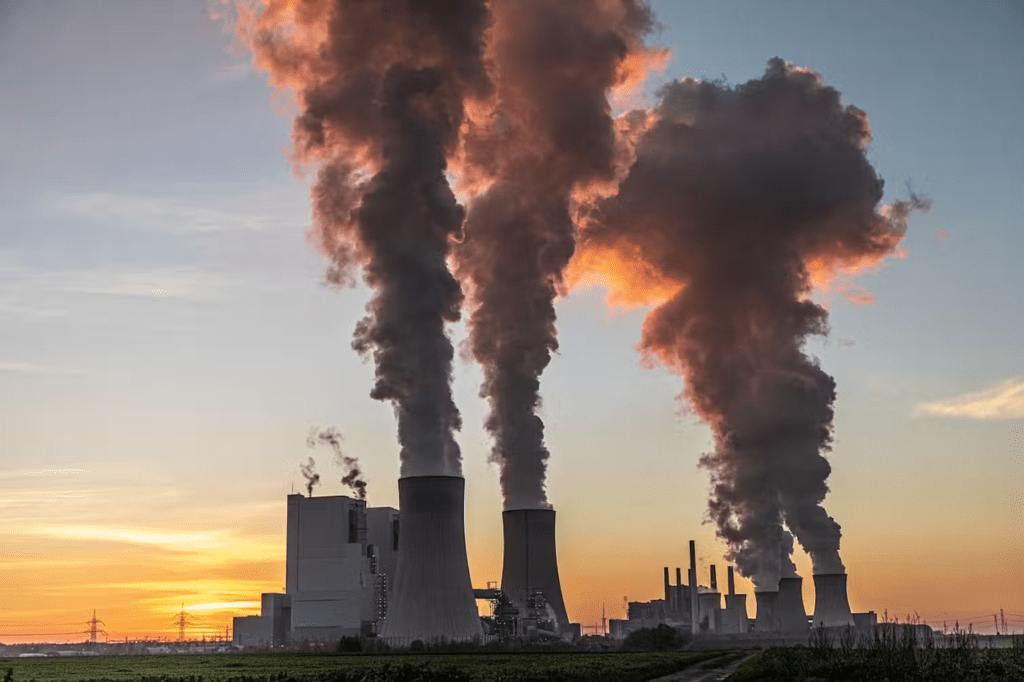
The idea that we can safely overshoot 1.5°C and then deploy planetary-scale carbon dioxide removal technologies to drag temperatures back down by the end of the century is, at best, wishful thinking. At worst, it is a dangerous gamble with the future of humanity. This approach not only makes it impossible to limit warming to 1.5°C, but it also risks catastrophic levels of climate change by locking us into energy and material-intensive solutions that mostly exist only on paper.
The promise of overshoot is essentially a time machine fantasy: we are told that we don’t need to decarbonize rapidly now because, in the future, we will have the technology to undo the damage. If that doesn’t work, we are led to believe that even more outlandish geoengineering approaches—like spraying sulfurous compounds into the atmosphere to block out sunlight—will save us. This is like trying to cool down a burning house by turning on the air conditioning instead of putting out the fire.

The Paris Agreement was a remarkable achievement when it was signed in 2015. Establishing 1.5°C as the internationally agreed ceiling for warming was a victory for the nations most vulnerable to climate change. But the reality is that believing we could limit warming to well below 2°C required a leap of faith in the willingness of nations and companies to decarbonize. Instead, net-zero has become detached from reality, increasingly relying on speculative technologies that are more science fiction than science.
Arguably, the Paris Agreement’s biggest flaw is that it focuses on the symptoms—temperature targets—rather than the cause: the unchecked increase of carbon dioxide in the atmosphere. Climate change is dangerous because it destabilizes weather patterns, not because of an abstract global average temperature. Framing climate policy around temperature targets makes solar geoengineering seem sensible, but it doesn’t address the root cause of the problem. It’s like turning on a fan while your house is on fire.
In 2021, we argued that net zero was a dangerous trap. Three years later, we see the jaws of this trap closing, as climate policy increasingly embraces the concept of overshoot. The resulting impacts on food and water security, poverty, human health, and biodiversity will produce intolerable suffering. It’s time to acknowledge that climate policy has failed and that the 2015 Paris Agreement is dead.

We allowed the Paris Agreement to die by pretending we could burn fossil fuels and avoid dangerous climate change simultaneously. Instead of demanding an immediate phase-out of fossil fuels, the Paris Agreement set 22nd-century temperature targets, allowing net-zero to flourish in ambiguity. Despite the mounting evidence that climate action is economically beneficial, no country has strengthened its pledges in the last three COP meetings, even as it became clear that the world is on course to surpass 2°C of warming, let alone 1.5°C.
While we have made significant progress in renewable technologies, the global energy transition has not truly begun because it requires a reduction in fossil fuel use, which continues to increase. Policymakers are turning to overshoot as a way to claim they have a plan to avoid dangerous climate change, assuming that the climate system will continue to function as it does today. This is a reckless assumption.
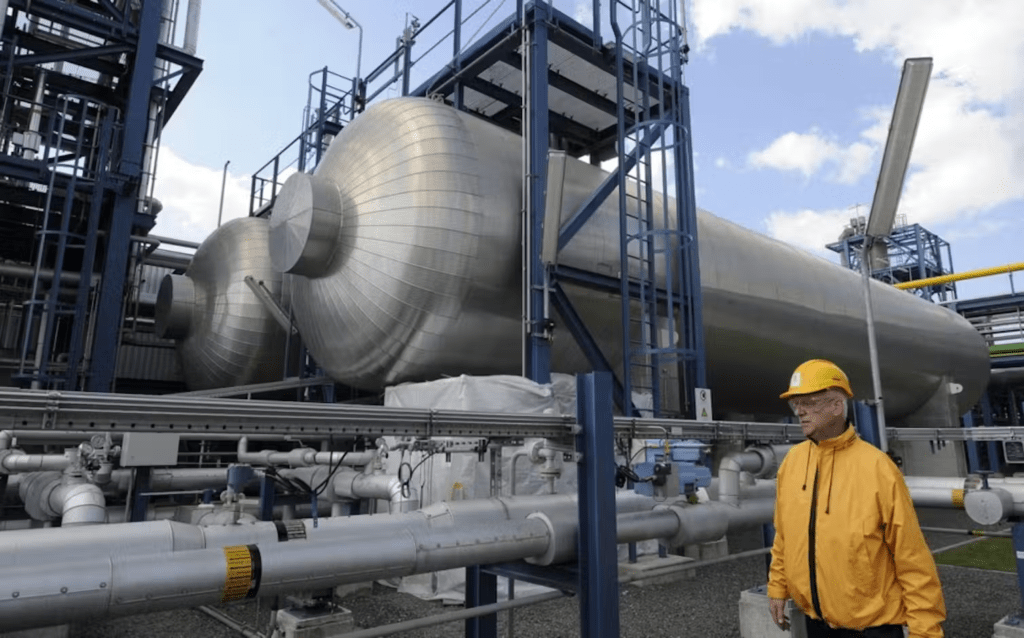
In 2023, the warmest year on record, extreme weather events gave us a glimpse of the suffering that further global warming will produce. The impacts of climate change are already devastating, and the idea that we can continue burning fossil fuels while relying on speculative technologies to save us is increasingly absurd.
So, what should we do? Here are four suggestions:
- Leave Fossil Fuels in the Ground: The only way to stop climate change is to stop burning fossil fuels. We must halt the exploration of new reserves and the exploitation of existing ones.
- Ditch Net Zero Targets: We need immediate action, not promises of balancing carbon budgets decades into the future. The SBTi should focus on near-term emissions reductions, demanding that global emissions be halved by 2030.
- Base Policy on Credible Science: All climate policies must be grounded in what can be done in the real world now. Speculative technologies should be excluded from net-zero plans until they are proven viable and safe.
- Get Real: We need to be honest about our situation and where we are heading. Climate justice must be at the forefront of our efforts, and we must acknowledge the vast inequalities of wealth, carbon emissions, and vulnerability to climate change.
The time for action is now. We can no longer afford to be lulled into complacency by the promises of net zero and overshoot. It’s time to leap out of the pot before it’s too late.

